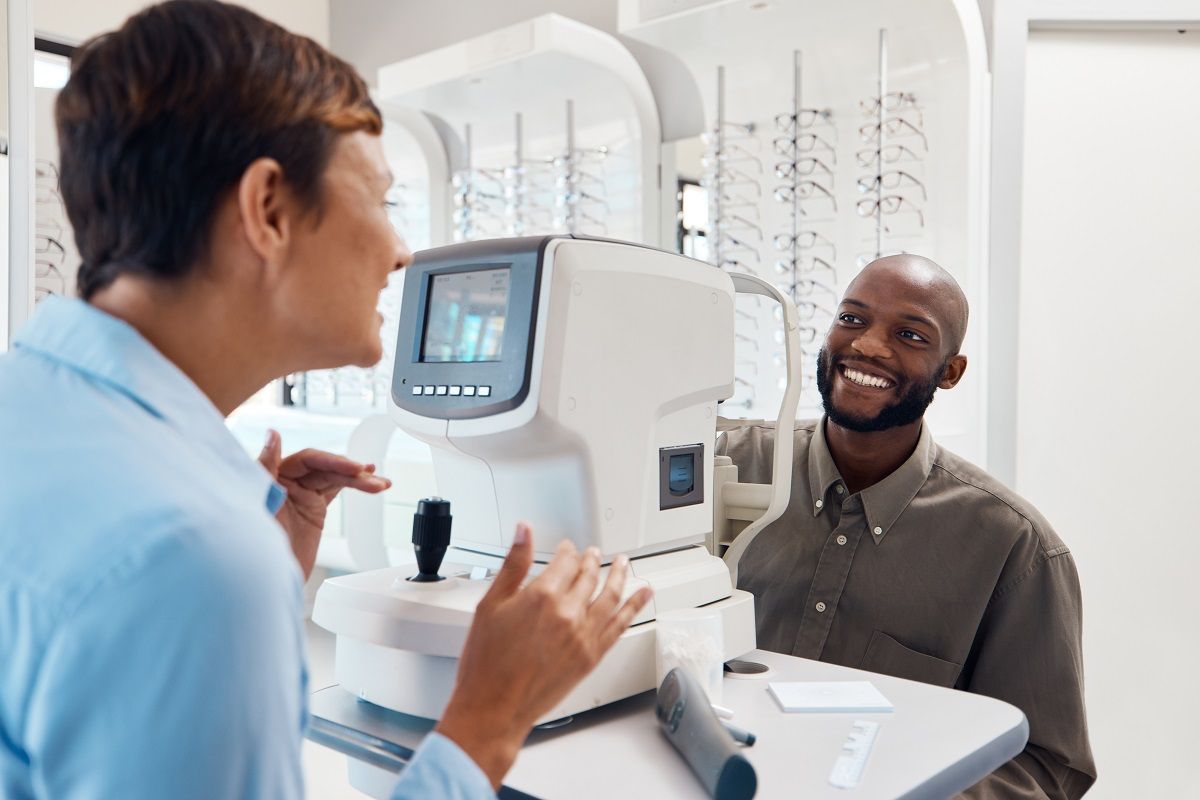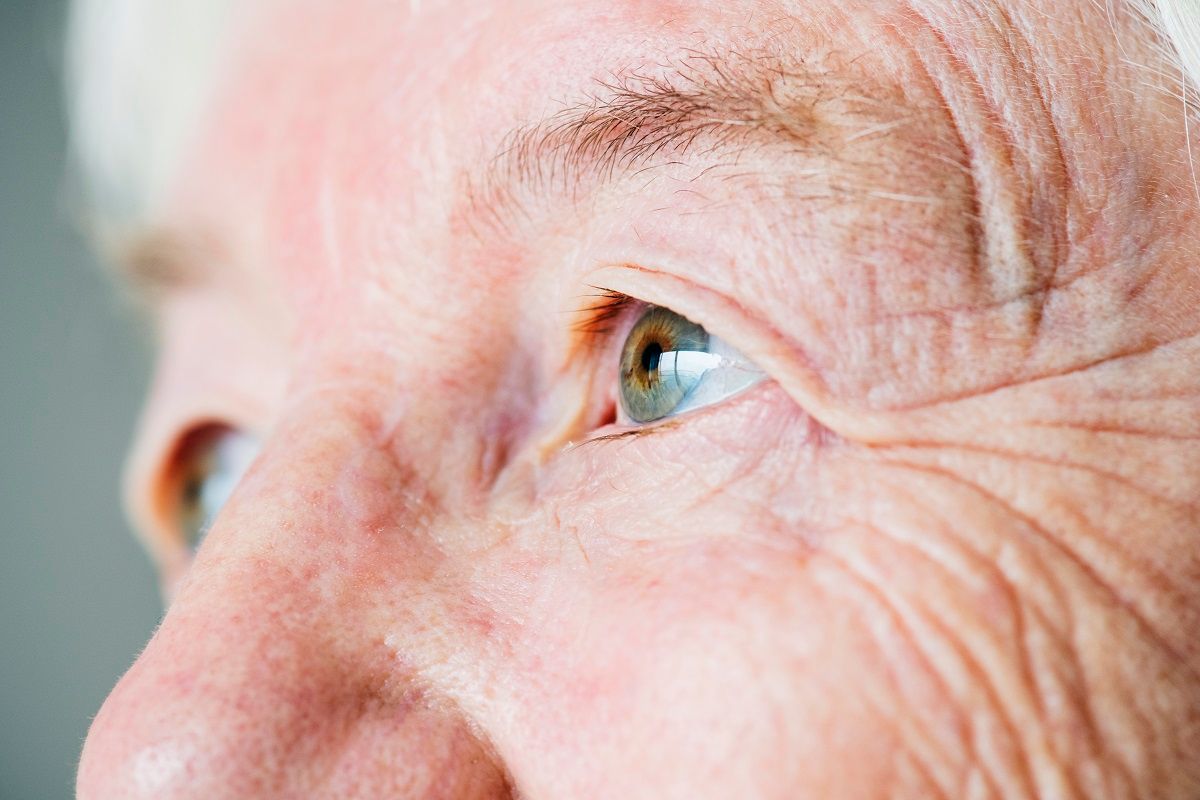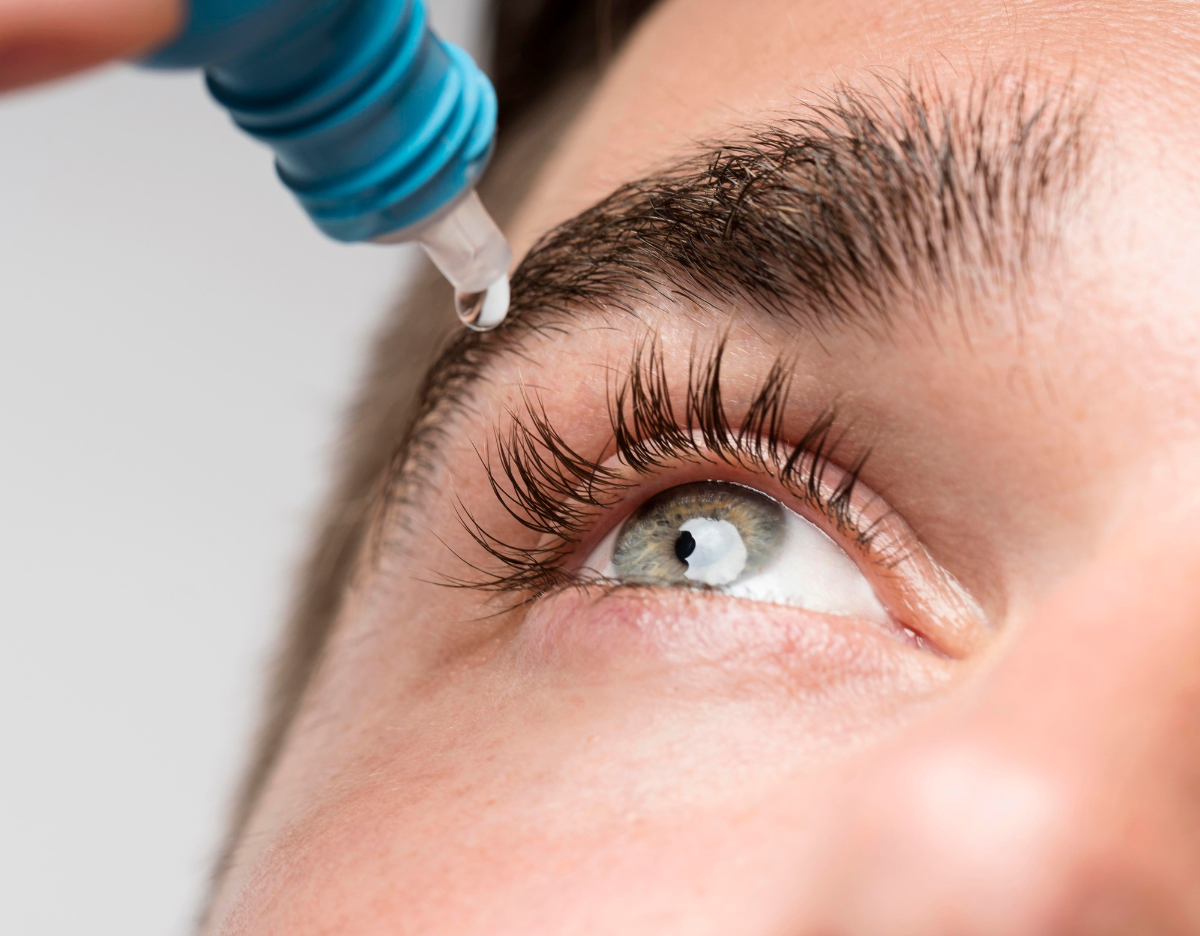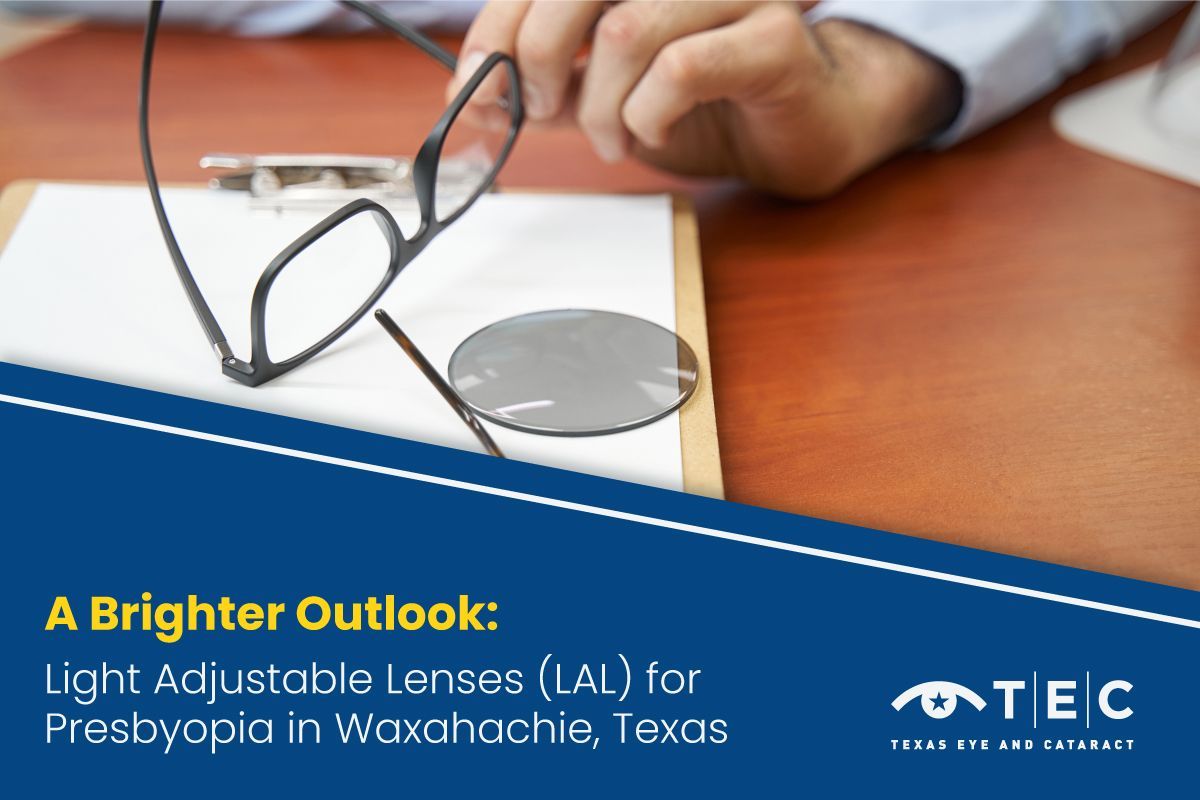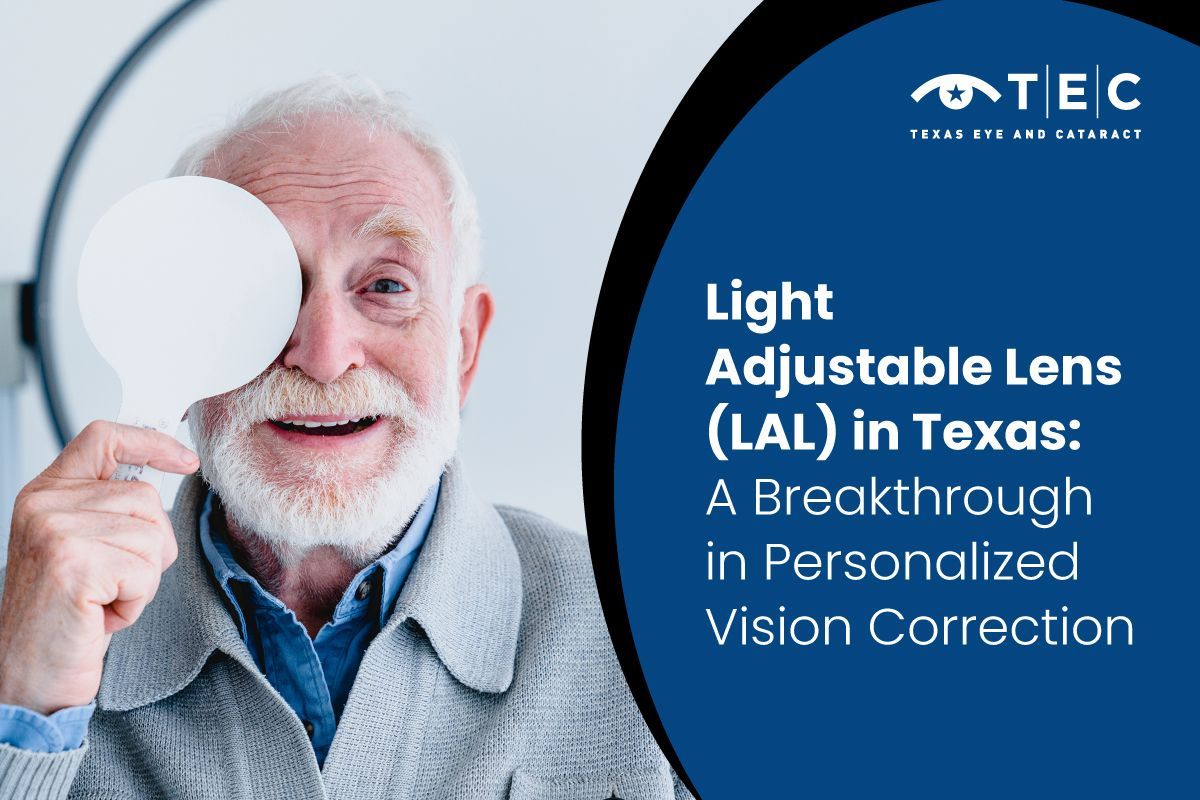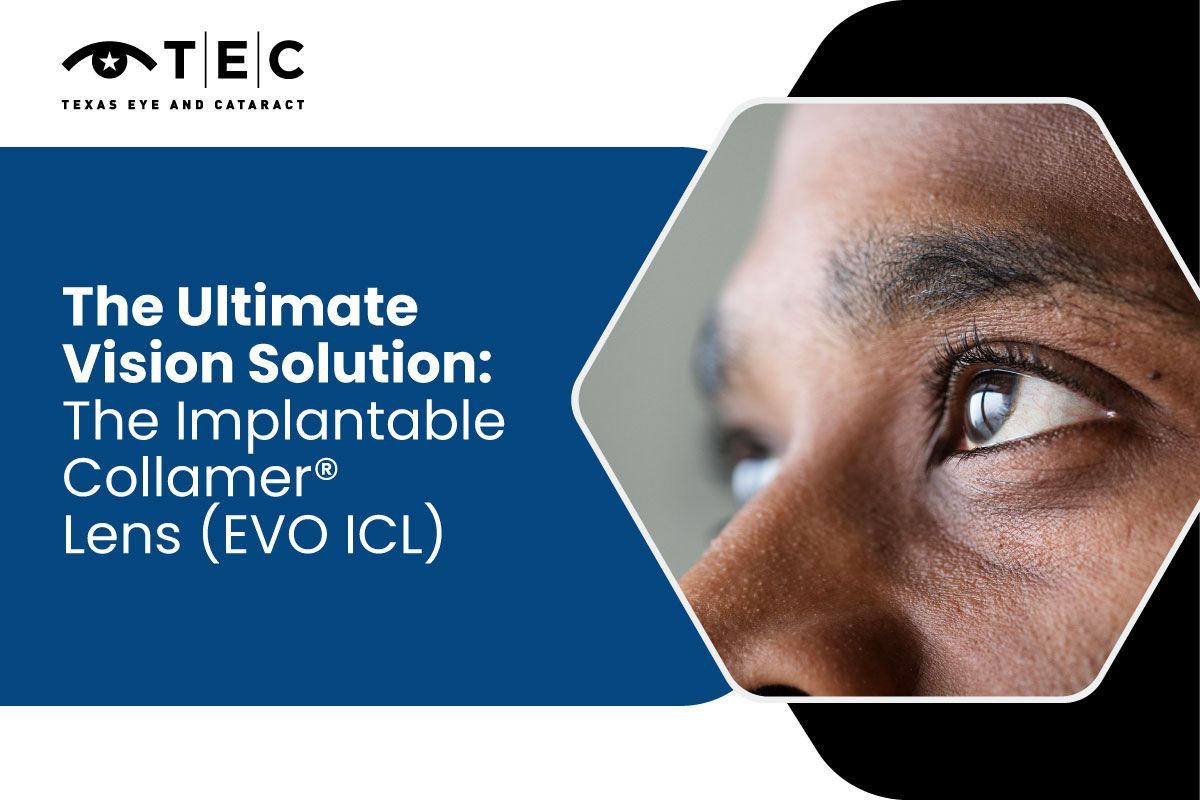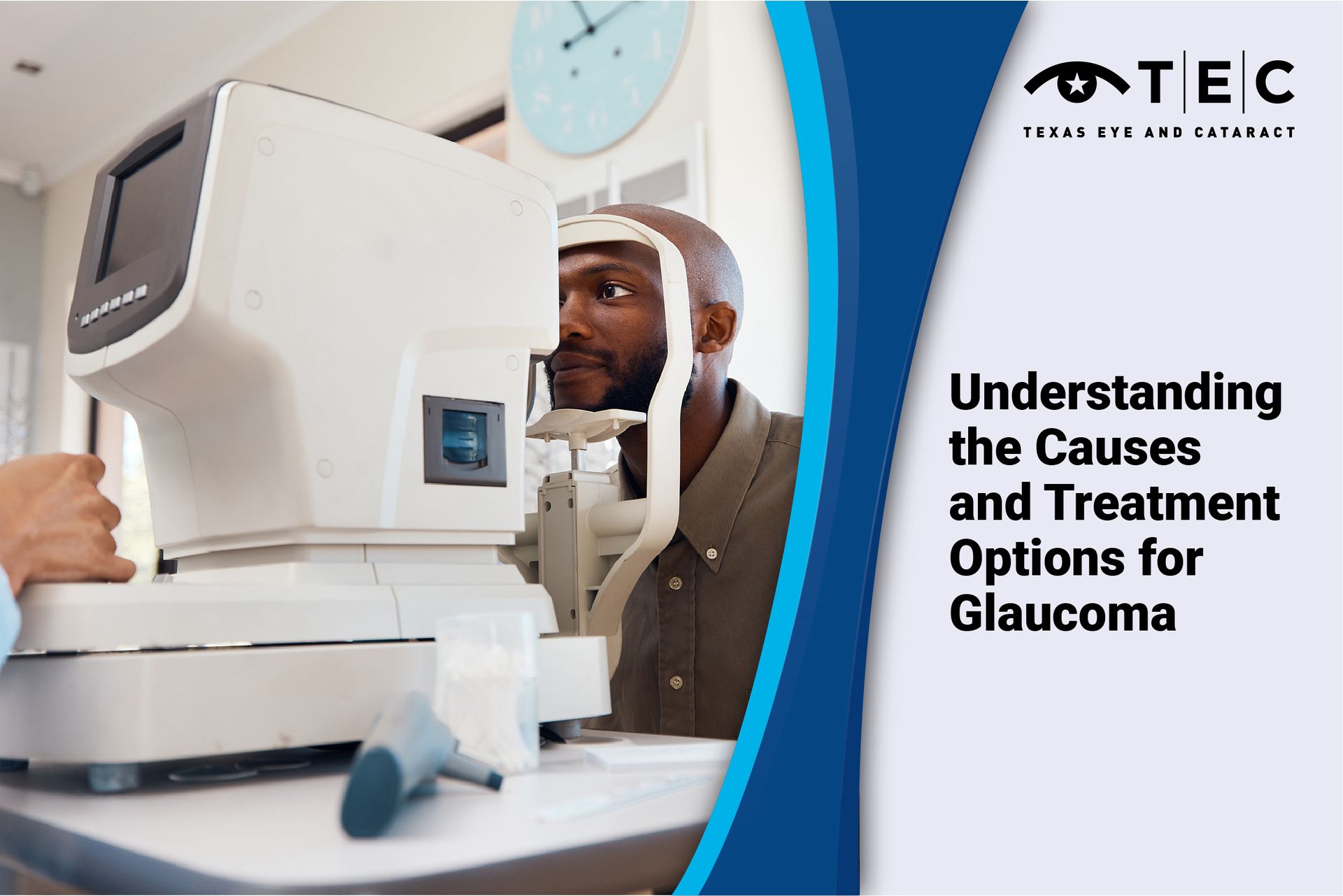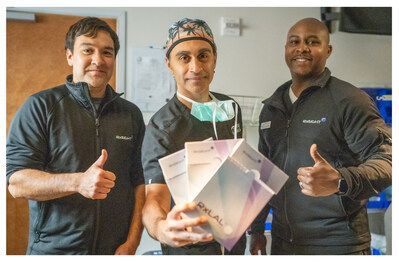Top 5 Minimally Invasive Eye Surgeries in Texas
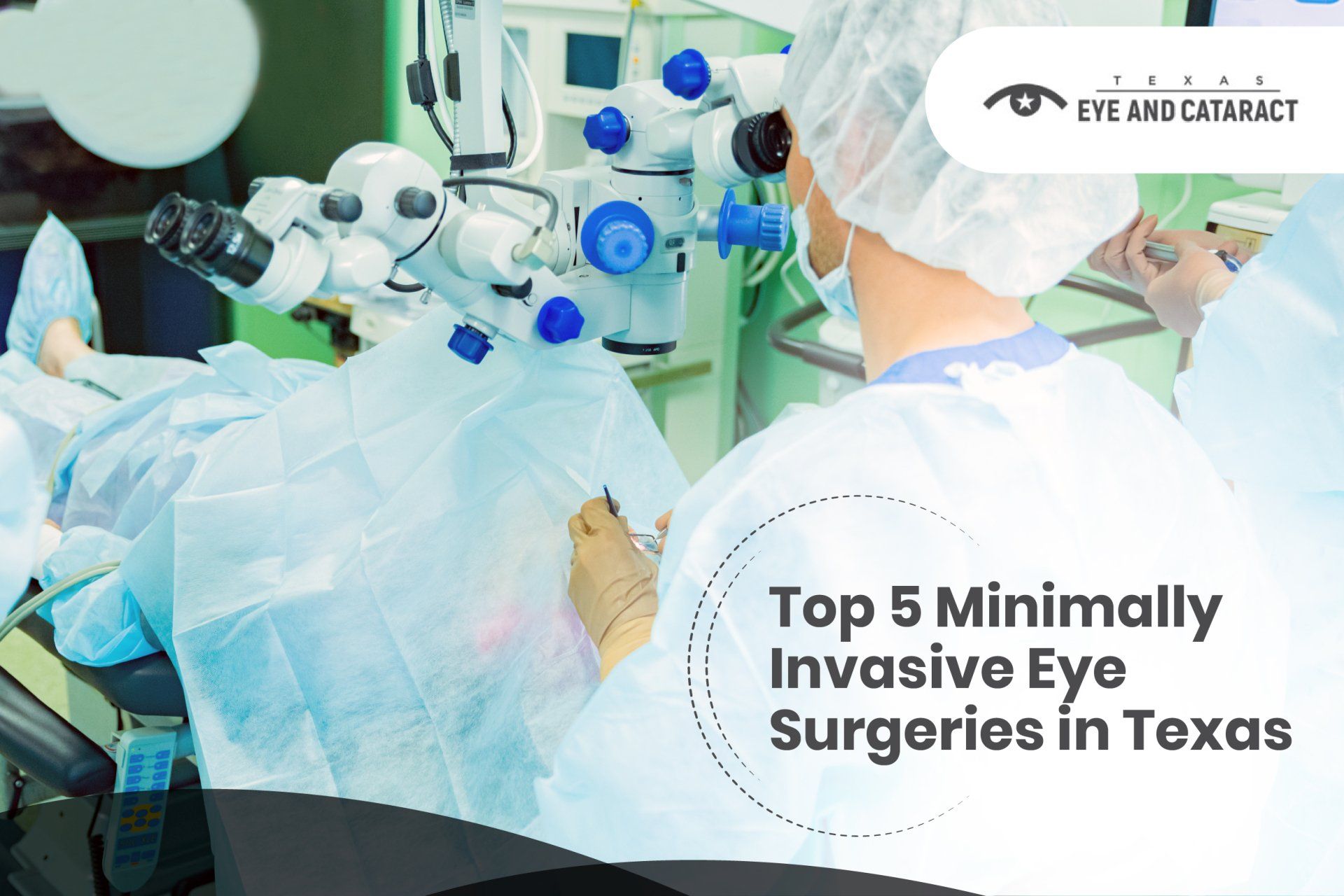
The world of technology and medicine is undergoing rapid change. Clinics now offer many procedures that were once only available at hospitals in an operating room. Patients looking to improve their vision in Texas can choose from various minimally invasive eye surgeries. We have compiled a list of Texas's top five minimally invasive eye surgeries.
Top Minimally Invasive Eye Surgeries in Texas
1. LASIK Surgery
Laser in situ keratomileuses (LASIK) surgery is one of the most common worldwide surgeries. This type of surgery has enabled individuals to enter occupations that vision impairments previously precluded them from pursuing due to their vision.
It is well-recognized that LASIK surgery can correct refractive errors and reduce dependence on eyeglasses or contact lenses. In addition, patient satisfaction after LASIK ranges from
82% to 98%.
How Is It done?
With LASIK, your ophthalmologist uses a laser to change the shape of your cornea, improving how light rays focus on the retina. It treats refractive errors such as myopia (nearsightedness), hyperopia (farsightedness), and astigmatism.
How Safe is LASIK Surgery?
LASIK is one of the safest elective surgery procedures in today's modern medical world. According to estimates,
less than 1 percent of LASIK eye surgery patients will experience complications. Additionally, many clinical studies have supported the safety and effectiveness of LASIK, which has sustained its popularity for decades.
Benefits of LASIK Surgery
The average eyeglass wearer can benefit significantly from LASIK surgery. LASIK offers many benefits to people who have worn eyeglasses for a long time:
- A better vision. In just one outpatient procedure, patients can enjoy greatly improved vision.
- Results that last. You can expect permanent results with LASIK after a stabilization period of about 3 months.
- Quick results and quick recovery. Patients can return to their normal schedule the day after surgery.
- Say goodbye to contact lenses. LASIK surgery pays for itself and even saves you money. No need to constantly change your eyeglasses or contact lenses.
- No more glasses.
2. Cataract Surgery
A cataract is an eye condition where the eye's lens gradually becomes cloudy – usually as part of the natural aging process. It is one of the most common ophthalmic pathologies characterized by the opacification of the lens. The only way to treat this condition is with cataract surgery, which replaces the cloudy lens with an artificial one.
There are also different approaches to cataract surgery. Here are some:
- Small Incision Cataract Surgery (SICS)
- Extracapsular Eye Surgery
Also read,
Laser Eye Surgery For Cataract: Here's What To Expect.
The safety profile of cataract surgery enables ophthalmologists to perform the procedure in an outpatient setting. The procedure usually takes only about 20 to 30 minutes.
The Benefits of Cataract Surgery
A cataract can only be removed through cataract surgery. Neither other medicines nor eyedrops have been proven to improve cataracts.
The success rate of cataract surgery in improving people's vision is high. Afterward, 9 out of 10 people reported improved vision.
Here are the benefits after surgery:
- Clearer vision.
- Reduce glare when looking at bright lights.
- Differentiate colors.
How Safe Is Cataract Surgery?
Cataract surgery is a safe and highly effective procedure that requires only a few minor incisions. Approximately
95% of patients will have best-corrected visual acuity of 20/40 following surgery.
3. Minimally Invasive Glaucoma Surgery (MIGS)
The build-up of fluid causes glaucoma in the eye, called
aqueous humor. This causes intraocular pressure to increase, leading to damage to the optic nerve and can lead to vision loss if left untreated.
MIGS improves the drainage of the fluid out of the eye.
The procedure can achieve minimal incisions contributing to fewer complications and faster healing times, using microscopic instruments to facilitate minor incisions. With a higher success rate and faster recovery time, it is a safer alternative to conventional surgery for reducing eye pressure.
Categories of Minimally Invasive Glaucoma Surgery
There are several types of MIGS based on their therapeutic approach. The categories are as follows:
- Improved natural outflow through MIGS. This procedure enhances the outflow of aqueous fluid by utilizing the natural drainage system of the eye's anterior chamber. Among the examples in this category are the Trabectome, GATT, and Kahook Dual Blade Goniotomy.
- Shunts that remove fluid from the eye. Removing excess fluid from the anterior chamber through an artificial drainage system called a shunt. XEN Gel Stent is an example of this procedure.
- MIGS that reduce aqueous fluid production. This procedure allows the drainage system to remain as it is, and we focus instead on lowering aqueous fluid production. ECP is an excellent example of the procedure.
- Implantation of medication into the anterior chamber by MIGS. In this case, reducing or eliminating the need for drops is the goal. Durysta is a good example.
Also, read
Microinvasive Glaucoma Surgery: An Evidence-Based Review.
Benefits of MIGS
MIGS are used more frequently by ophthalmologists than traditional incisional surgeries. The procedure offers a reasonable reduction of intraocular pressure and has low adverse effects rates.
4. Eyelid Surgery
An eyelid surgery (blepharoplasty) is a cosmetic procedure that removes excess skin or fat from the eyelids. Depending on the procedure, sedation or local anesthetic can be used.
Upper eyelid surgery generally involves:
- An incision made along the natural skin fold of the eyelid (eyelid crease)
- Excess skin, fat, or muscle removal
- Incision closure - the scar is usually hidden within the eyelid fold
Lower eyelid surgery generally involves:
- Incisions can be made below the lower eyelashes or on the inside of the lower eyelids
- Fat repositioned or removed from the bags under the eyes will also remove a small amount of skin as well.
- Support to the muscles and tendon of the eyelid may need to if necessary
- Closing of the incision.
Benefits of Eyelid Surgery
- Look more youthful
- Appear less tired
- Correct visual impairments due to saggy eyelids
- Minimal scarring
5. Refractive Lens Exchange
With
refractive lens exchange, a patient's cornea remains intact. Here, the patient's natural lens, which sits behind the colored part of the eye, is removed and replaced with a
biocompatible artificial lens. This lens has an exact prescription unique to the patient's refractive error.
Lens replacement surgery will correct your presbyopia and any astigmatism, myopia, or hyperopia that you may have. After the surgery, you won't need glasses or contact lenses for any activities.
RLE also offers the following benefits:
- Treating severe refractive errors
- Fixes a variety of vision problems permanently
- Using advanced technology results in low complications rates
- Later in life, you won't develop cataracts
Is Refractive Lens Exchange Safe?
In terms of safety, lens replacement is one of the most common and safest medical procedures. You should know that all surgical procedures may result in complications. Still, you can reduce your risk by choosing a reputable surgeon and following aftercare instructions. Otherwise, simple, additional treatments can usually resolve possible complications.
We Got You Covered
If you are searching for an “eye surgeon near me” or an “eye doctor near me”, in Waxahachie, Texas, look no further! At Texas Eye and Cataract, we offer the best minimally invasive eye surgeries in Texas! Our team of eye care professionals at
Texas Eye and Cataract provides a multitude of eye surgeries to improve your vision.
Our facility can perform various procedures with utmost precision, including LASIK surgery, cataract surgery, MIGS, blepharoplasty, and RLE. We also care for your well-being even after surgery with our comprehensive aftercare instructions. At Texas Eye and Cataract, you are in good hands.
At Texas Eye and Cataract, we know how important it is to see life with clear vision. We understand that being your best means seeing your best.
Copyright © 2023 Texas Eye and Cataract. All rights reserved.
Quick Links
Eye Care Services
Get In Touch
Copyright © 2022 Texas Eye and Cataract. All rights reserved.


